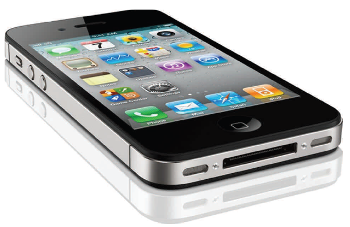Capacitive Touch – The Beginning of Tactile Response
It was during the early 1980s when membrane switches were first gaining popularity as a substitute for traditional mechanical buttons. Early on in their development, membrane switches had minimal features. In fact, most membrane switches did not utilize tactile response for the keys. Early applications for this new technology, such as microwave controls, used audio feedback to signal that a button had been actuated.
By the mid-1980s, keypad manufacturers had developed the process of embedding stainless steel domes withinthe switch offering tactile feedback to the user. Since then, the trend to use tactile devices in industrial and medical devices has exploded.
One industry source approximates that 90% of all membrane switches designed in 2010 incorporate either metal or polydomes to provide the user with a distinct tactile feedback. Designers of interface devices have long been convinced that users wanted and needed a pronounced “click” when engaging a keypad button.
Enter the iPhone

Sociologist undoubtedly will look back at the first two decades of the 21st century and allege how significantly communication changed during this period. No doubt one of the biggest contributors to this change will be the iPhone and it’s smartphone sidekicks.
As of 2012, approximately 1 billion smartphones have been sold worldwide, effectively training a new generation of interface users. What once was considered an inferior interface, the light touch, non-tactile interface of a smartphone is becoming more and more accepted.
The adoption of this sort of interface into industrial applications is already starting to take hold.
Good News for Industrial Product Designers
In an attempt to mimic the popular iPhone interface, many designers are scrambling to determine how they can incorporate such functionality with their products. For some products, the solution is incorporating similar touch screens and their accompanying full color LCD displays.
It is clear, however, that these high cost, volume sensitive components are not economically practical for many applications. In these cases, designers can still echo much of the input feel of an iPhone by using membrane switch technology without the tactile domes. Furthermore, glossy (non-raised), first-surface graphic overlays can be incorporated to further help emulate smart phone interfaces. By employing these features, designers can freshen up their product offerings while still benefiting from the low initial design and tooling costs of this technology.
Whether its help in determining if touch screen technology is right for your company or guidance on how to inexpensively simulate the look and feel of the smartphone, contact us at Dace & Dace, Inc. today!
